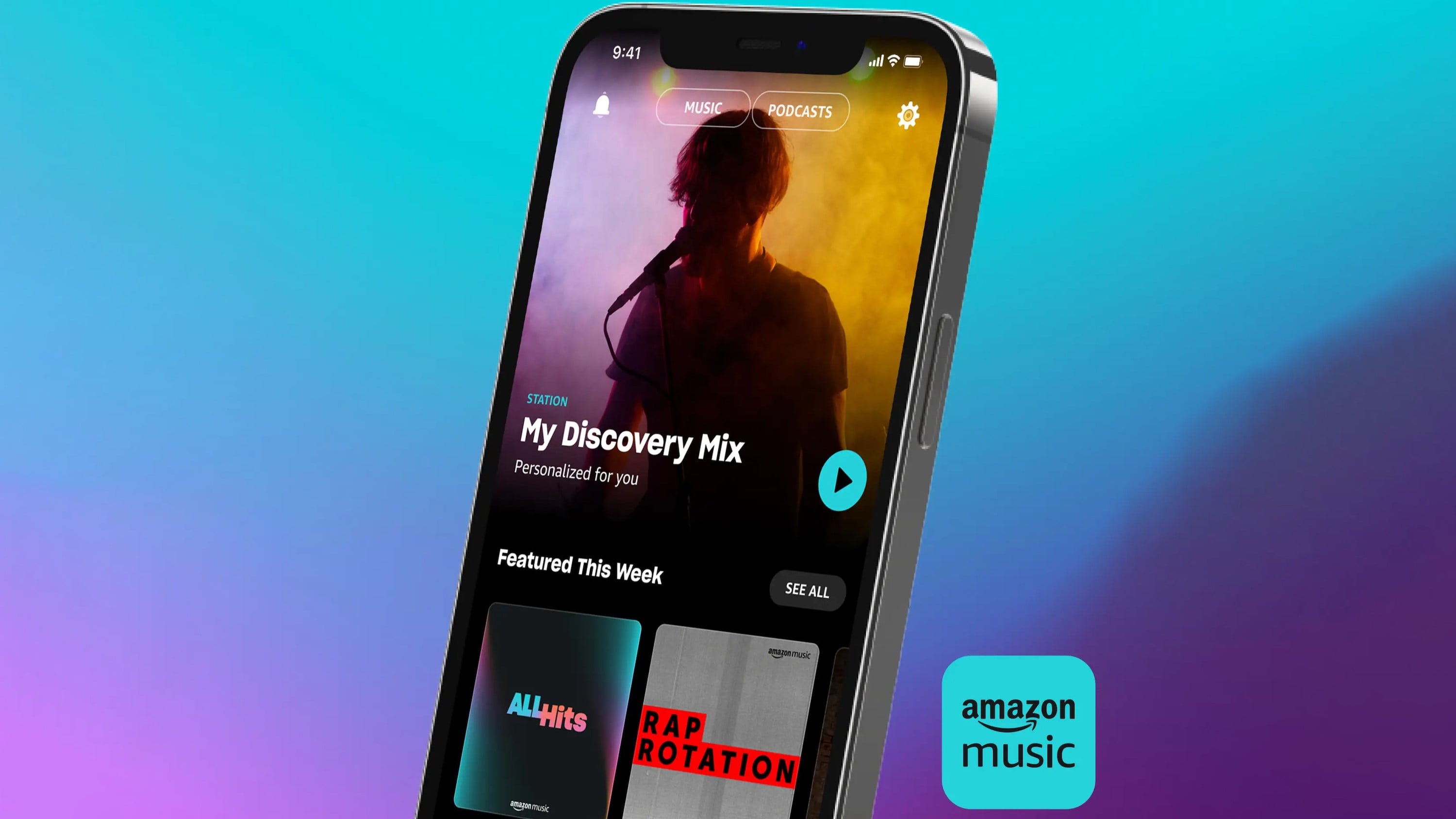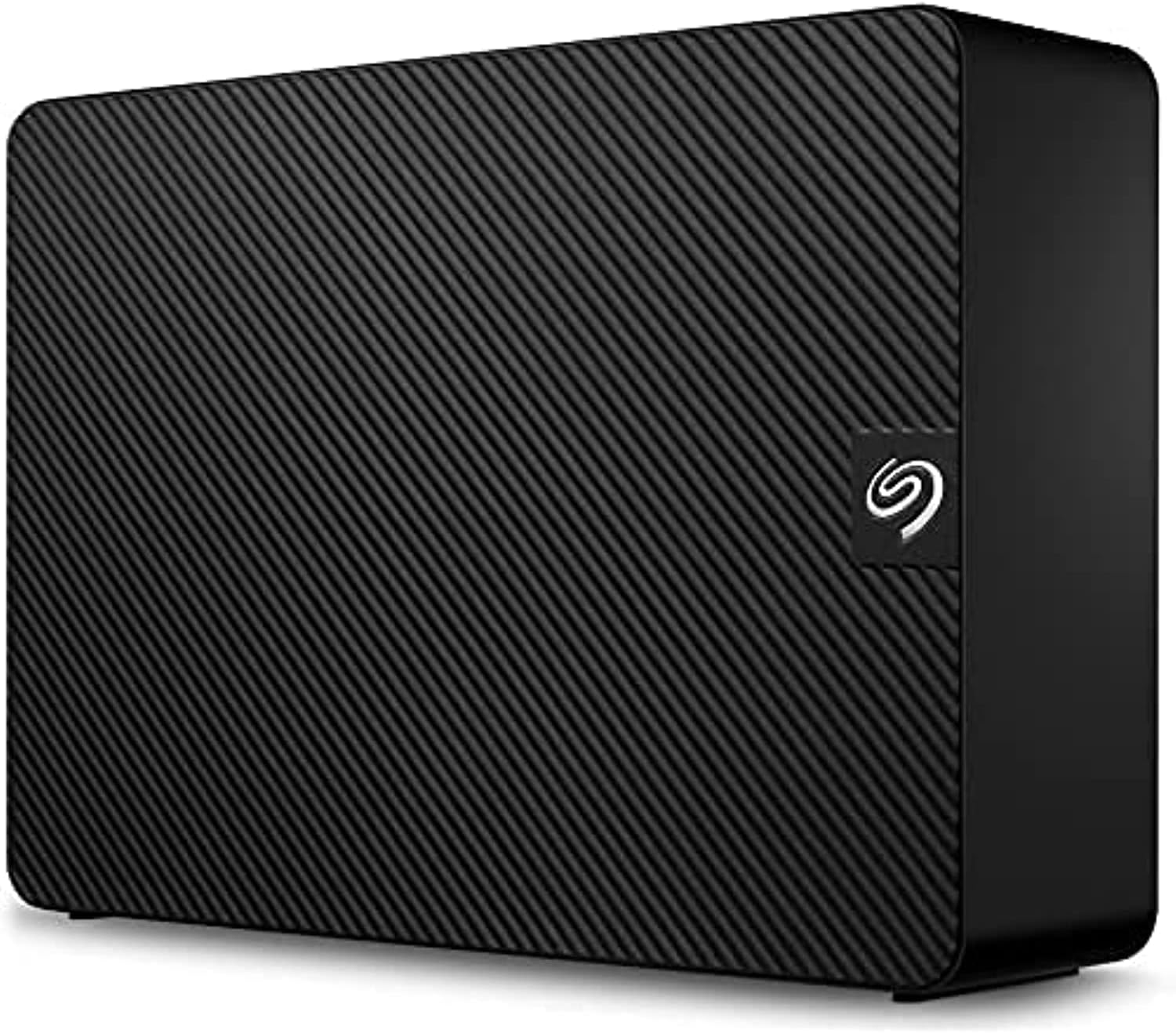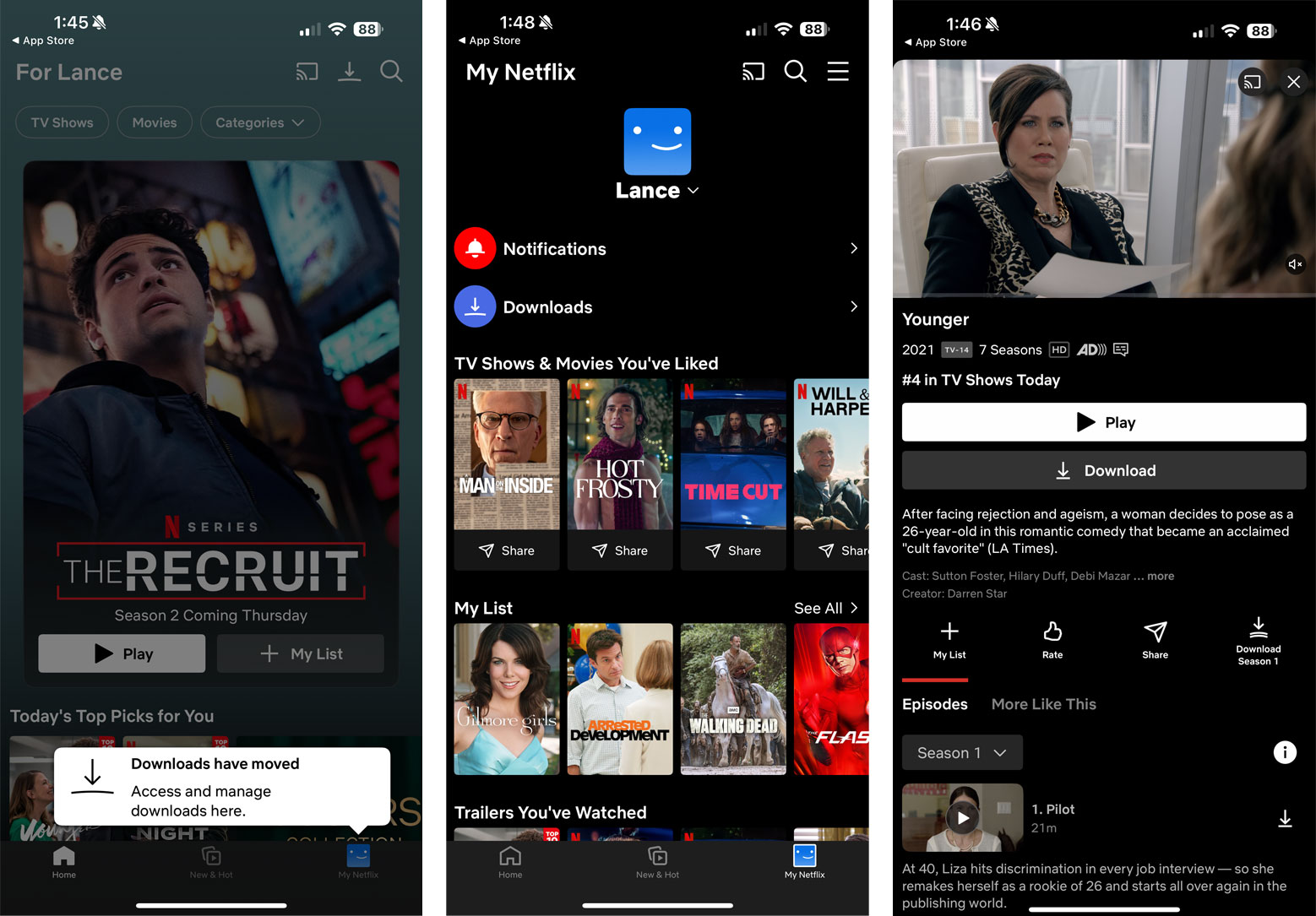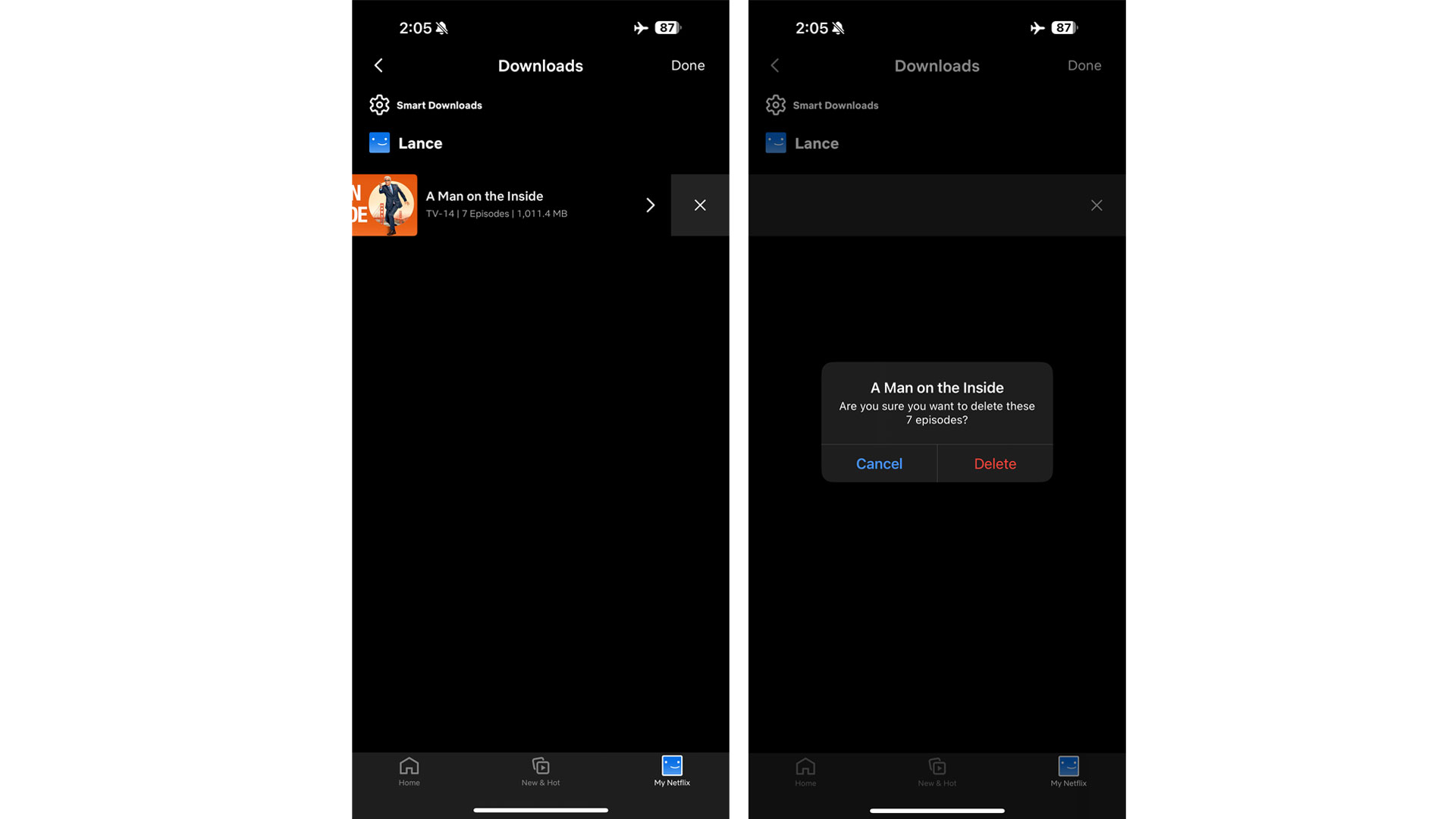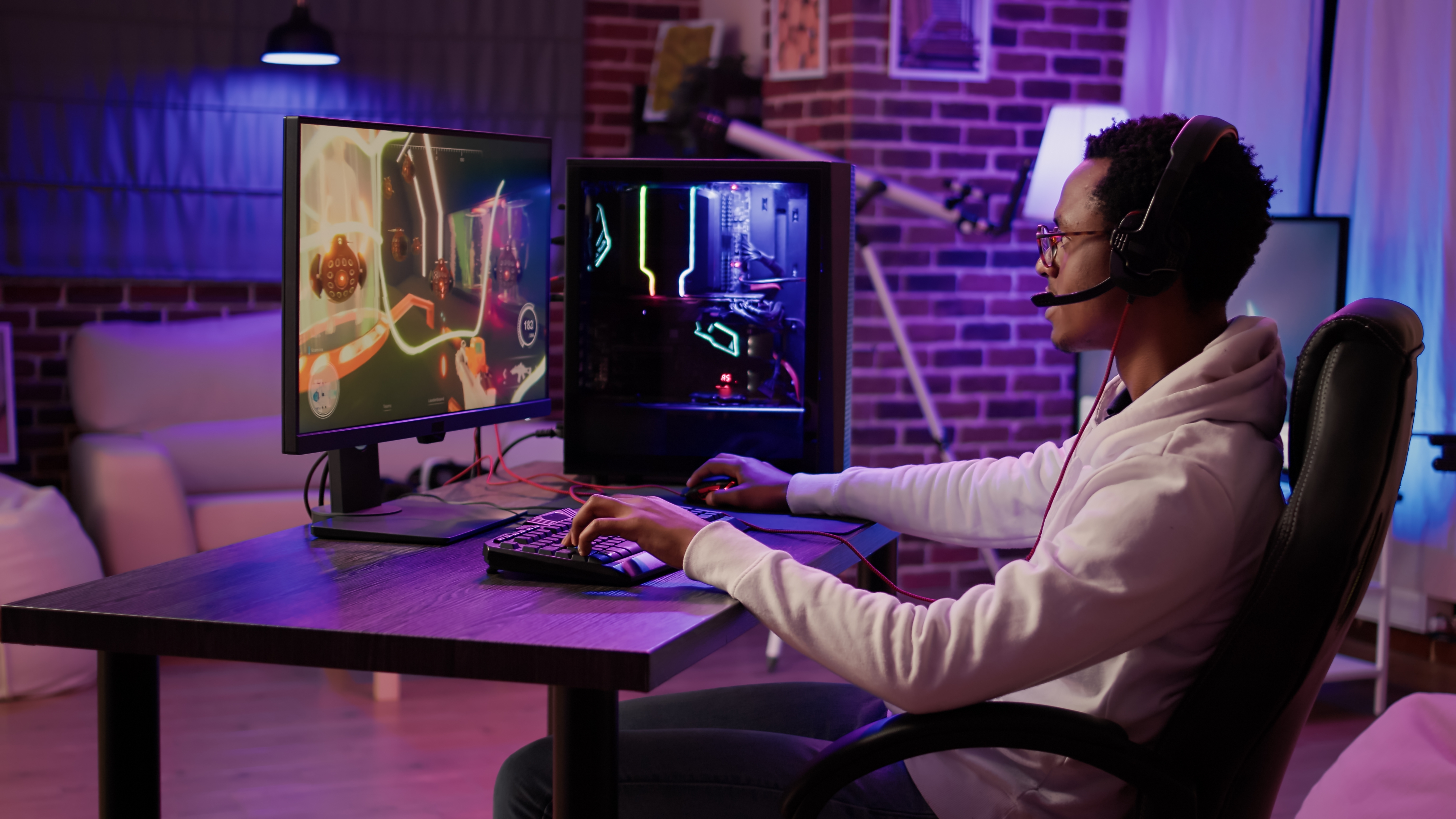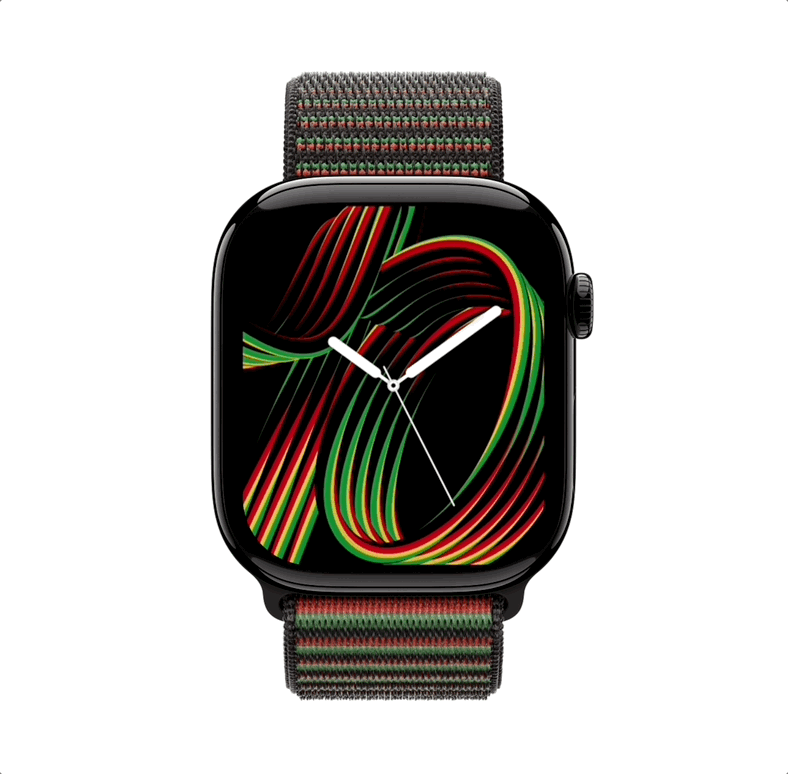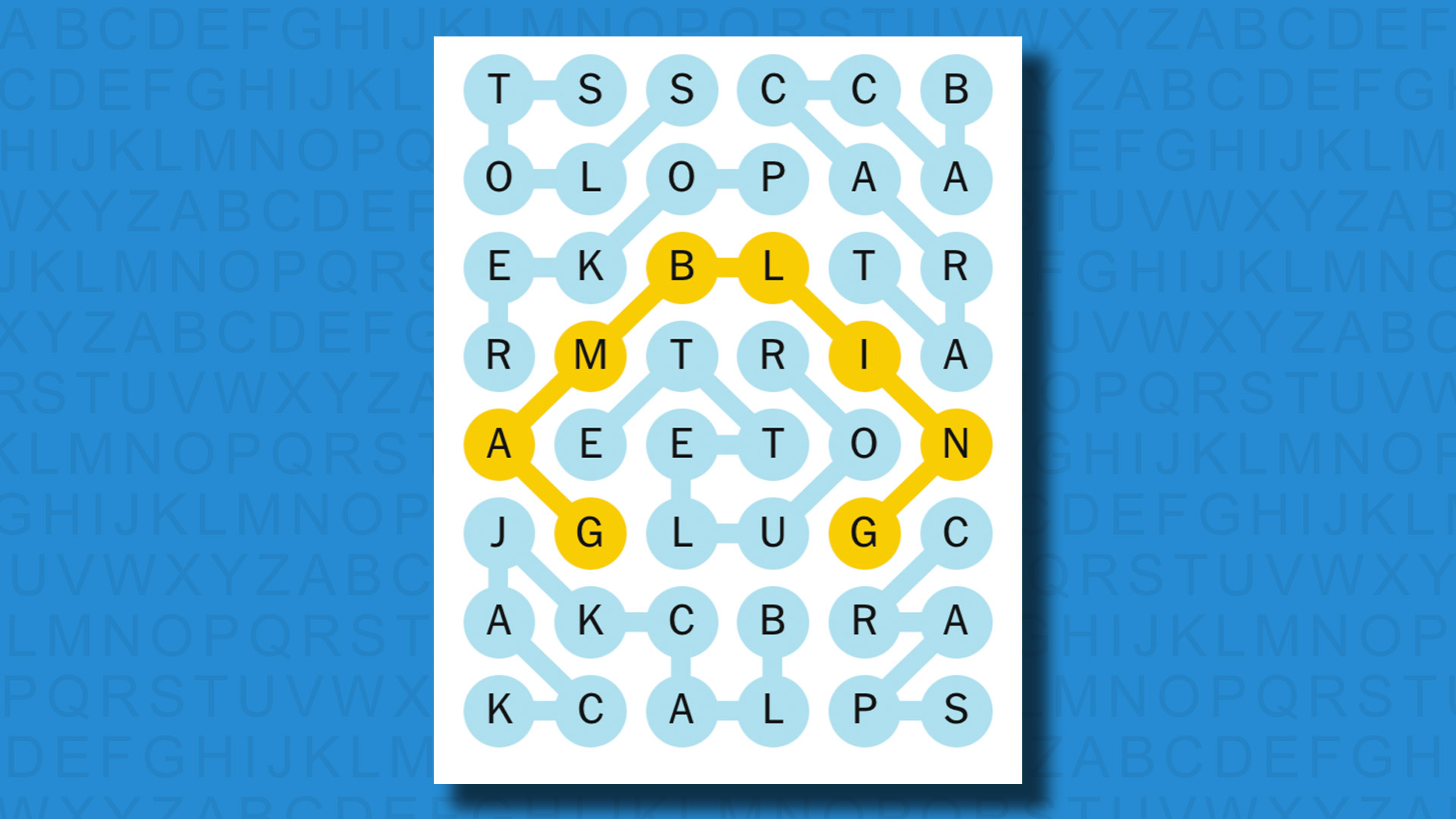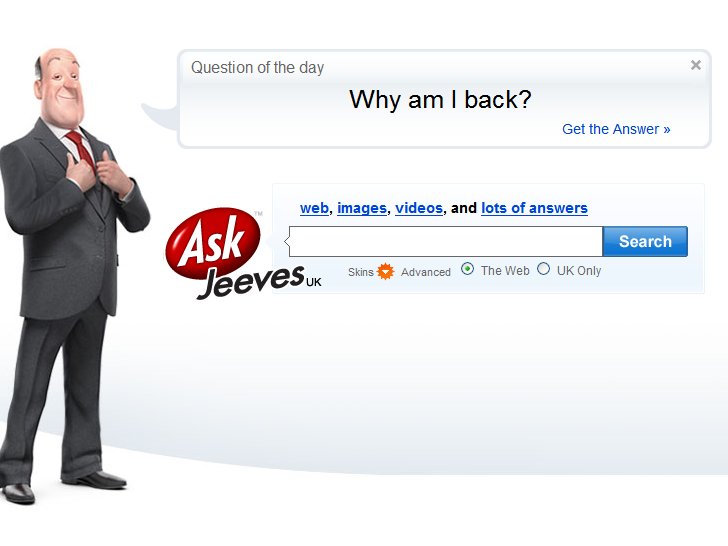- Unsupervised Full Self-Driving will launch in Austin, Texas in June
- Musk says more affordable models will see Tesla return to growth
- Sound familiar? Tesla's CEO has promised all of this before
Tesla’s quarterly earnings calls are always entertaining affairs, with the company’s CEO seemingly using them as a platform to wildly promise things that, more often than not, fail to materialize.
The most recent Q4, 2024 results revealed that the company missed its revenue expectations, which caused the Tesla share price to fall 4% following the news – although it did bounce back, according to Forbes.
Part of this can be blamed on the fact that Musk went full bluster mode with the assurance of several major milestones in 2025 – without the detail investors and the general public crave.
First up, Musk says the company will launch Unsupervised Full Sell-Driving as early as June this year, with the project due to be rolled out in Austin, Texas. However, rather than offer the service to the vast number of customers that have already paid to unlock the software, Musk says it will instead be a "paid service".
Details are, quite predictably, scarce, but the fact that it is being touted as a separate entity to customer-facing Full Self-Driving software likely means it will be appear in the form of a geofenced autonomous ride-hailing service. You know, similar to what Waymo is successfully doing. Waymo, a company that now operates in four major US cities.
In another move to bolster investor confidence, Musk also revealed that Tesla is intent on producing more "affordable" vehicles, which are tipped to be based on (and look eerily similar to) the Model 3 and Model Y, but cost in the region of $30,000 to $40,000 (roughly £28,000 / AU$55,000). Not the $25,000 car that was rumored last year.
Production of this more affordable model is slated to begin in the first half of 2025, according to Electrek, despite the company not revealing any details about design, specification or what the customer can expect.
Much of Elon Musk’s predicted growth for the business hinges on increasing levels of autonomous driving making its way to public roads, with the CEO reiterating that he thinks we will see unsupervised self-driving in California and Texas in the second quarter of 2025.
But this has been promised many times (as early as 2016) and the sentiment completely ignores the fact that the legal framework for allowing such technology on public roads still doesn’t exist.
Analysis: The bluster is getting boring

Elon Musk is a divisive character, and it’s easy to either get caught up in his wild clairvoyance or become frustrated by the amount of fantasy that is promised and rarely delivered.
It's part of the reason why the company has garnered such a loyal, and a times aggressive, fanbase. No other automaker splits opinion like Tesla.
It’s a shame, because this division takes so much away from what the company has achieved – chiefly creating one of the most reliable charging networks on the planet and producing not only the best-selling EVs but the best-selling car in the world (that’s the Model Y).
The focus on unsupervised self-driving seems counterintuitive, as rival companies, such as Waymo, are leagues ahead in the the geofenced, autonomous ride-hailing game, clocking up hundreds of thousands of miles without disengagement (where a human has to intervene) or incident.
Personally, I’d like to see Tesla get back to doing what it does best – chiefly producing EVs and technology that people want to buy, rather than this endless stream of memes, hype and wildly optimistic promises.
You might also like
- Tesla's Supercharger network gets faster charging speeds in the US, but not all owners are happy about it
- I’ve spent hours with the new Tesla Model Y – here are 5 updates I like (and 3 things I don't)
- "They don't actually have the money" - Elon Musk slams Project Stargate, calls Sam Altman a "swindler"
from Latest from TechRadar US in News,opinion https://ift.tt/3ftGUbj
